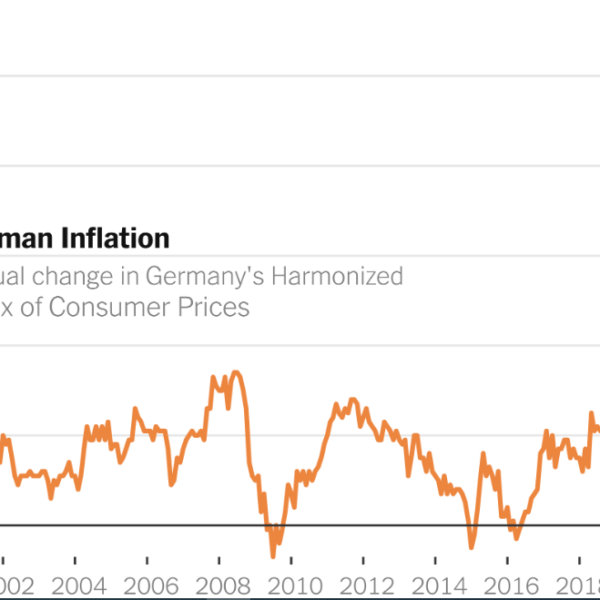It was a relatively busy day start to the European session, with inflation in the spotlight. This morning, prelim German inflation figures for January drew interest. In January, Germany’s annual inflation rate accelerated from 8.6% to 8.7% versus a forecasted 8.9%.
The Federal Statistical Office (Destatis) expects consumer prices to increase by 1.0 in January. However, the Harmonised Index of Consumer Prices (HICP) increased by 9.2% year-over-year versus 9.6% in December.
The HICP increased by 0.5% in January versus a 1.2% slide in December. Ahead of the latest round of inflation numbers, ECB members and President Lagarde continued to view inflation as too high, supporting the hawkish policy outlook for the coming months.
The inflation numbers reaffirmed the recent comments from ECB member Isabel Schnabel who spoke this week, saying that tighter monetary policy had little impact so far, suggesting that more is needed to tackle inflation.
While the pickup in inflationary pressure supports the ECB hawks, the annual rate may need to edge toward the October peak of 10.4% to force the ECB to rethink its policy goals.
Ahead of the inflation numbers, the EUR/USD fell to an early low of $1.07094 before rising to a pre-stat high of $1.07449. However, in response to the German inflation numbers, the EUR/USD rose to a high of $1.07403 before sliding to a low of $1.07243. At the time of writing, the EUR/USD was up 0.17% to $1.07327.

